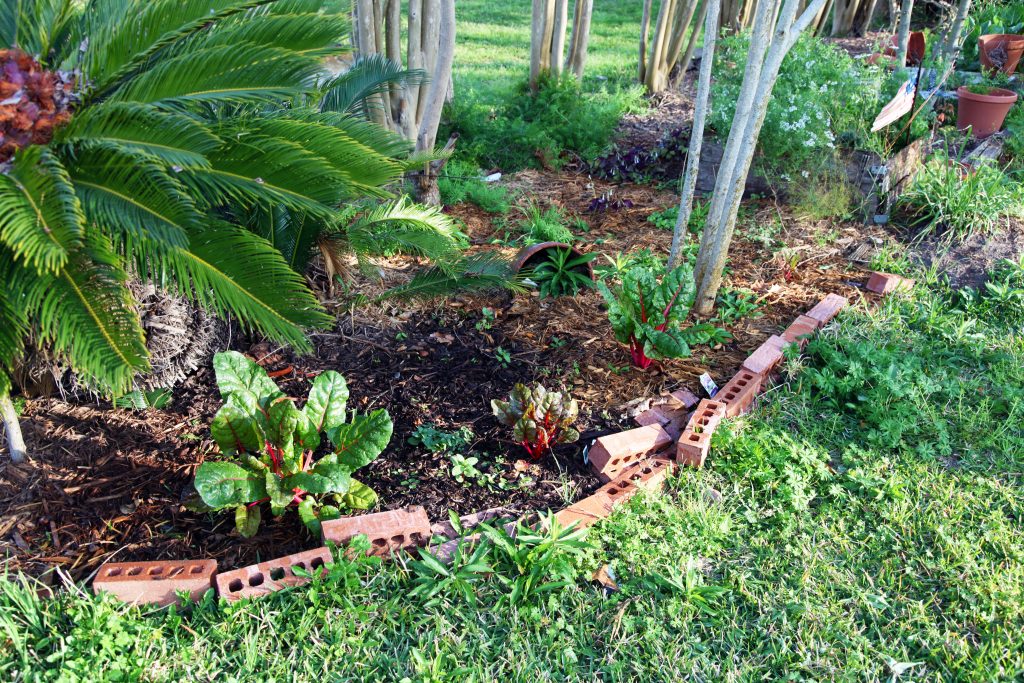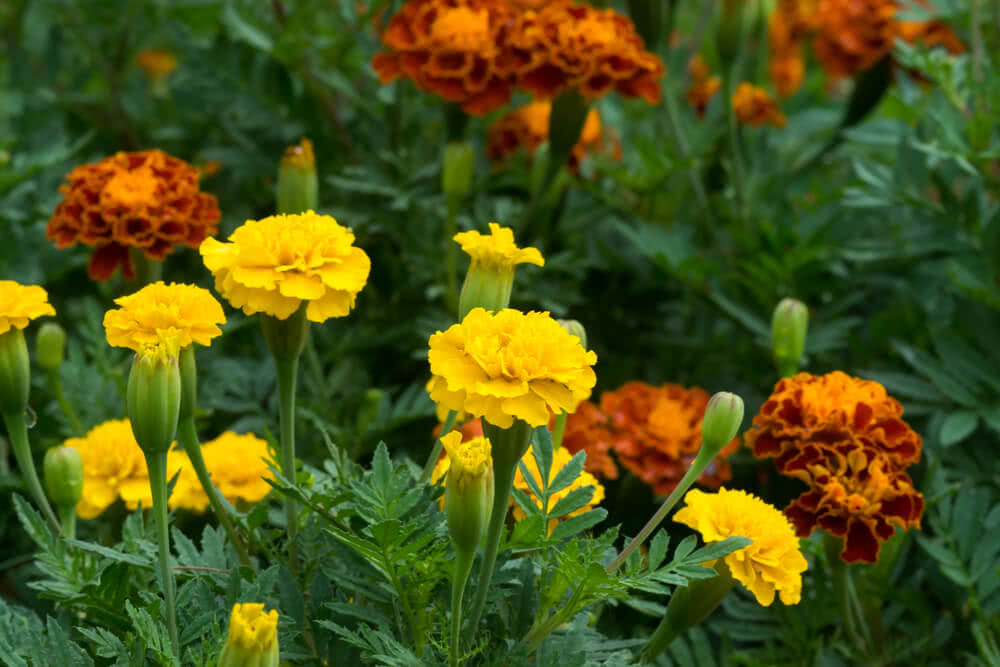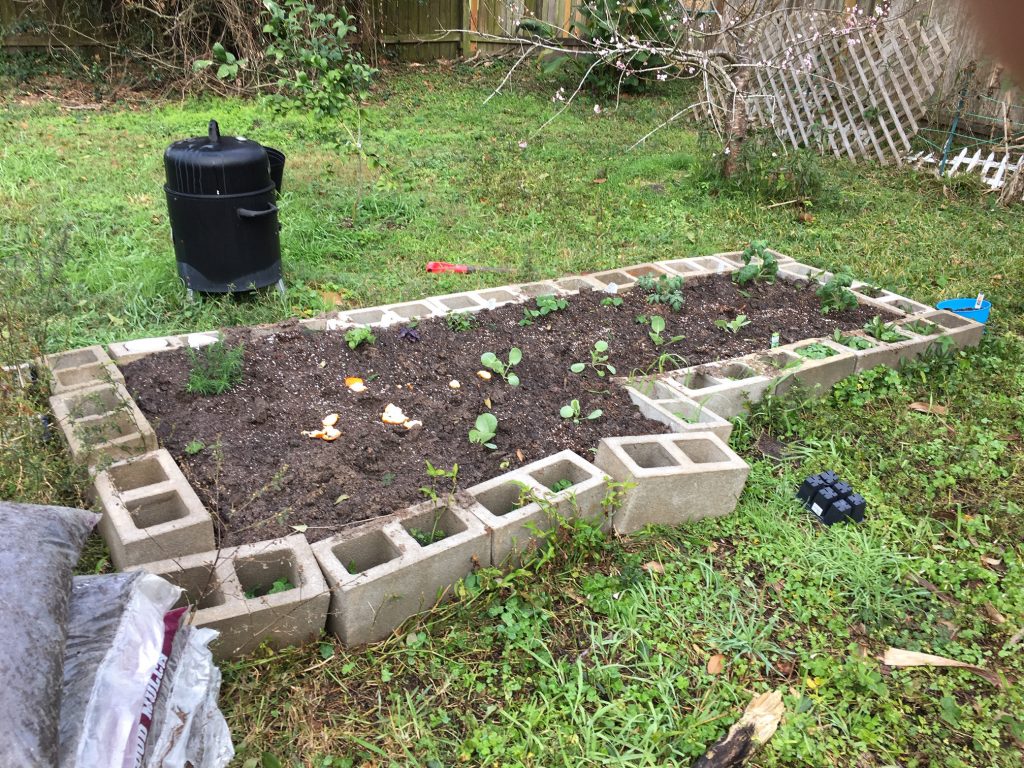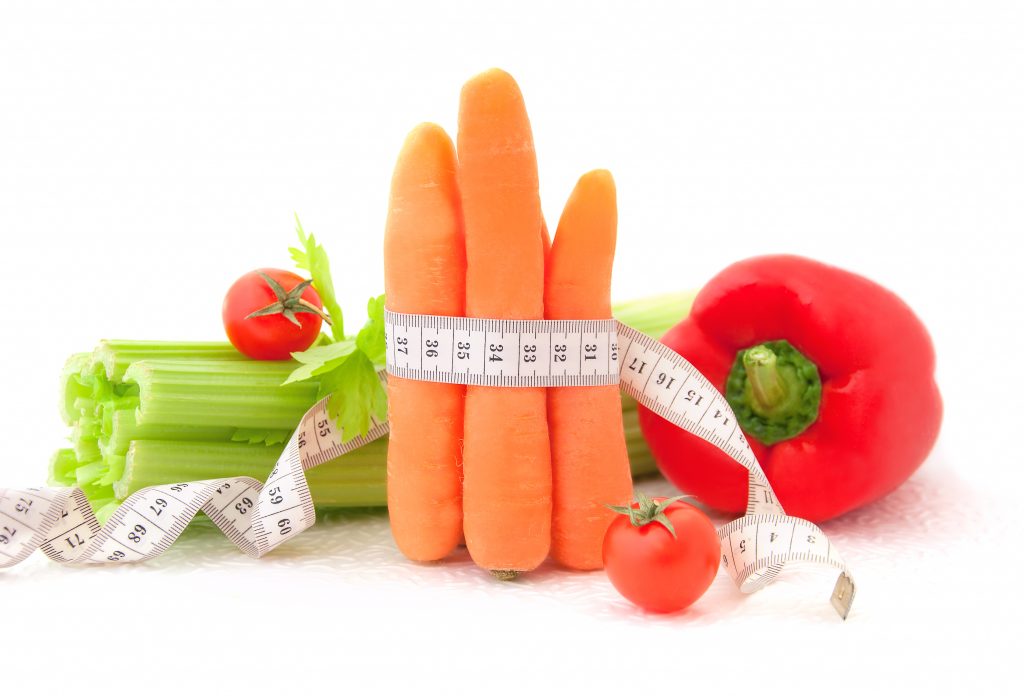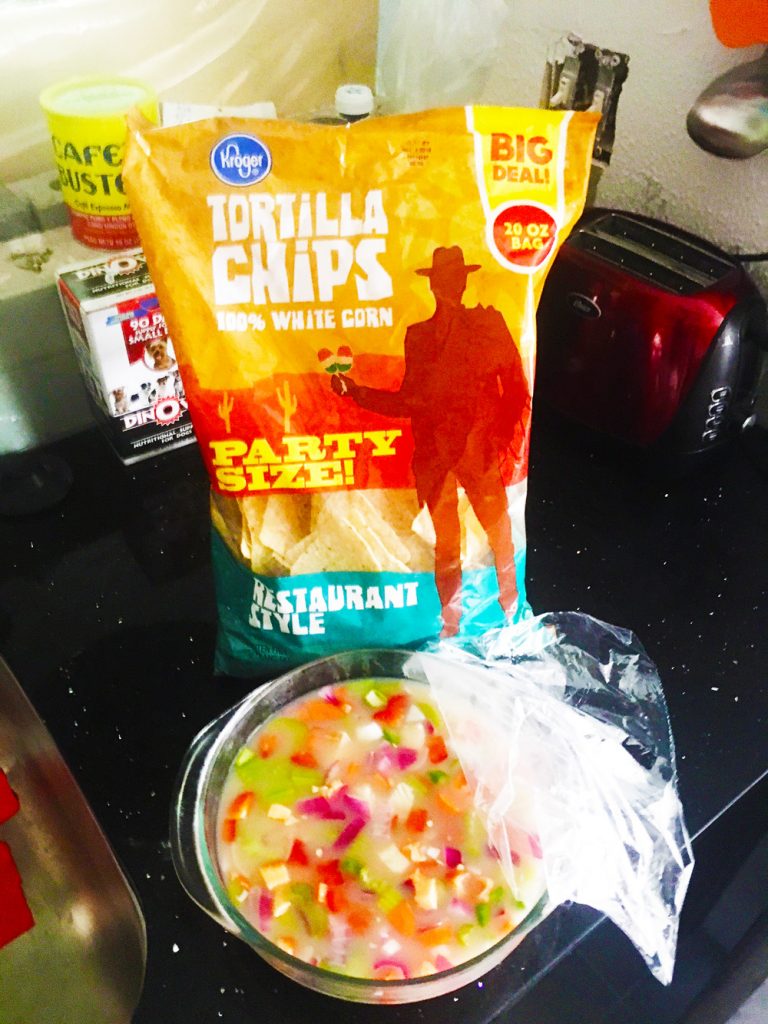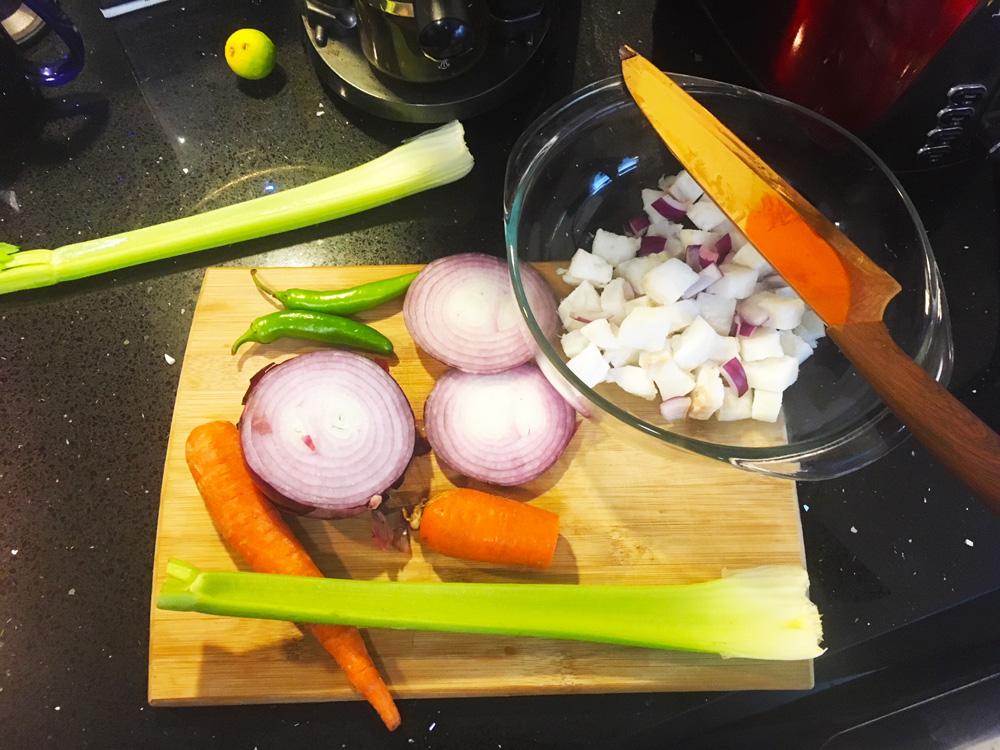Spray Fertilization Will Take the Health and Yield of Your Garden to the Next Level
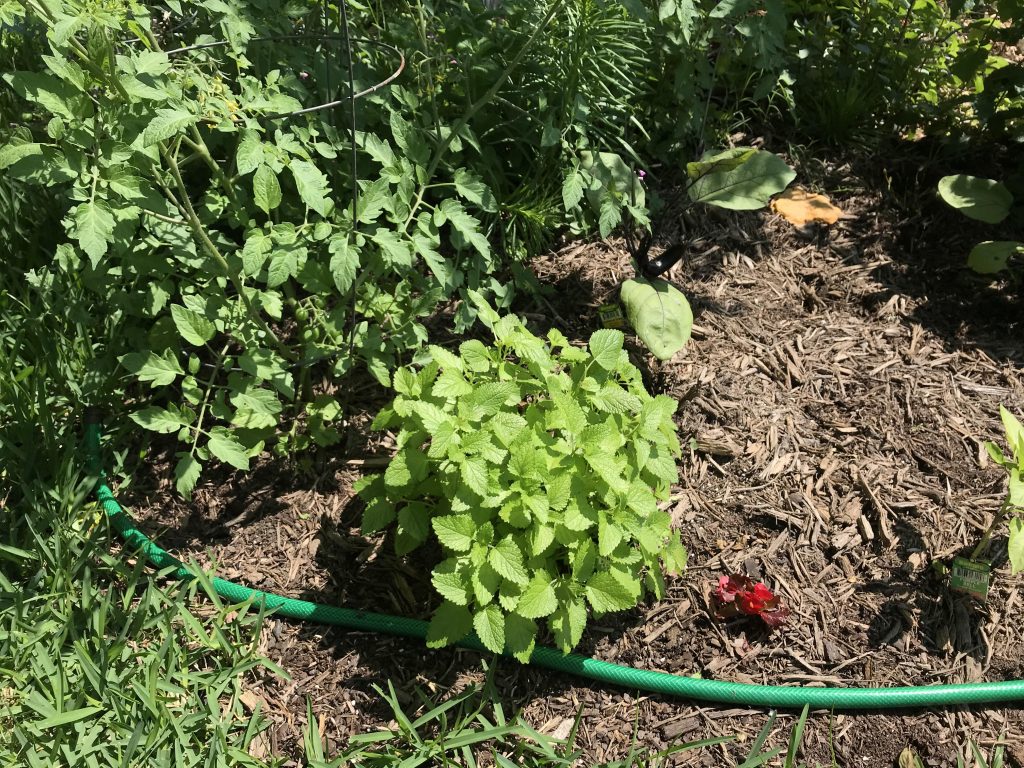
|
Ads we feature have been independently selected and reviewed. If you make a purchase using the links included, we may earn a commission, which helps support the site. Thank you for your support.
Many gardeners unknowingly miss half of their fertilization schedule because they focus on the ground, which is understandable. Roots, right?. But, foliar feeding with a product such as Medina Hasta Grow Plant Food will increase your harvest. Why? Because plants also uptake nutrients through their leaves.
Medina Hasta Grow is one of the best sprays on the market, but perhaps you might be the DIY sort? In that case, Garret Juice is your answer. In addition to stimulating plant growth, this organic concoction will also protect against some garden pests. Why add foliar feeding to your schedule when you already fertilize on a regular basis? Because it offers yet another, safer avenue to getting nutrition into your vegetable garden, fruit trees, and rose bushes rather than using chemicals and neurotoxins.

If you have chosen backyard homesteading and self-sufficiency, or prepping as a lifestyle, or just want to get a better return on your labor and investment, then organic foliar feeding with Garrett Juice is a given. Enjoying better, healthier yields relies on this type of horticultural strategy.
Basic Garrett Juice Ingredients
Be sure to use organic ingredients and methods whenever possible.
- 1 cup compost tea
- 1 ounce liquid seaweed
- 1 ounce molasses (the liquid kind obviously; only use dried molasses for broadcasting.)
- 1 ounce natural apple cider vinegar (my favorite brand is Bragg Organic; Amazon.com has it at the best prices).
- 1 ounce fish emulsion
- 1 gallon water
- 3 liquid ounces of orange oil

Additives for Pest and Insect Control
Want to boost it up for insect control? Add 1/4 cup garlic tea/pepper spray. To make this, use a blender. Liquefy 1 clove of peeled garlic, 1 quartered habanero pepper, and 16 ounces of water. Everyone, but especially those wearing contact lenses, needs to wear disposable gloves when cutting the habanero or when you take your lenses out for the night, you’ll never be able to use them again. Been there, done that. Great balls of fire!
You’ll need to strain the solids out of the resulting liquid. Since the particles are so small, you’ll need a very fine strainer so you won’t clog up your spray tip. A good choice is the small fuel strainer for Coleman lanterns and camping stoves. You will have some leftover but you can save it for spot treatments later with a hand bottle sprayer. For spot treatment, mix it with 3 parts water.
Foliar Feeding Procedure
Add all ingredients to a pump-up garden sprayer and mix well by shaking. The molasses is a very thick liquid so give it a little extra shake than you normally would. Pump up your sprayer and adjust the tip to a wide mist, not a jet spray. Just lightly coat the leaves; a little goes a long way. If you have any left over, go ahead and use it up on your ornamentals. I always make enough to spray my magnolia tree, for example. For tall trees like these, you will need to adjust the sprayer tip to a stronger stream in order to reach the higher leaves. Or, conversely, drag out that ladder.
Using Garrett Juice for foliar feeding on a monthly basis will give your plants and trees a new zest for life. And of course, your vegetable garden will put more on your table.
Check Out More Trending Content
- Foliar Feeding with Medina Hasta Gro Plant Food
- Creepy Insects that Will Improve Your Organic Garden
- 8 Prepper Tips for Beginning Survivalists
- Homemade Dog Food Recipe
- Habanero Hot Sauce Recipe
- Choosing the Right Trees
Looking for more great content? Visit our main page or partner sites:
I offer article and blog-writing services. Interested? Contact me for a quote!
Did you find this article helpful? Millions of readers rely on information on this blog and our main site to stay informed and find meaningful solutions. Please chip in as little as $3 to keep this site free for all.





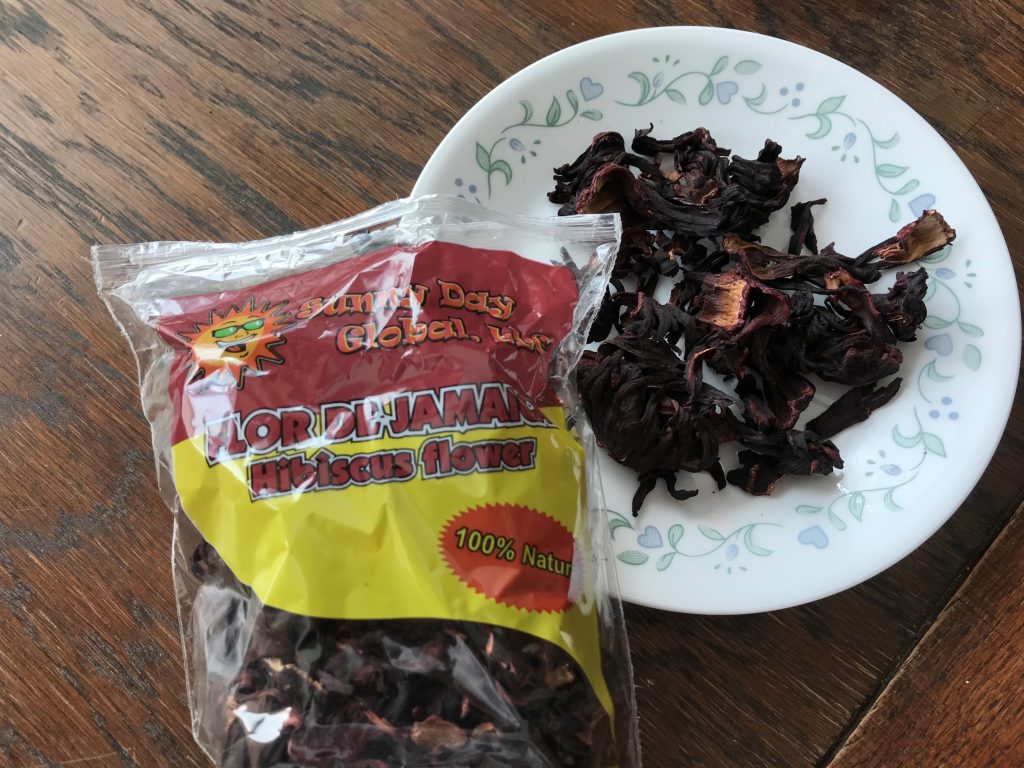
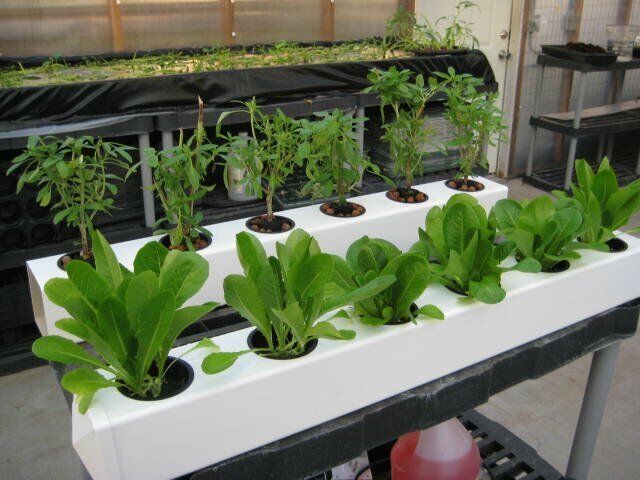
 Kelly R. Smith is an Air Force veteran and was a commercial carpenter for 20 years before returning to night school at the University of Houston where he earned a Bachelor’s Degree in Computer Science. After working at NASA for a few years, he went on to develop software for the transportation, financial, and energy-trading industries. He has been writing, in one capacity or another, since he could hold a pencil. As a freelance writer now, he specializes in producing articles and blog content for a variety of clients. His personal blog is at
Kelly R. Smith is an Air Force veteran and was a commercial carpenter for 20 years before returning to night school at the University of Houston where he earned a Bachelor’s Degree in Computer Science. After working at NASA for a few years, he went on to develop software for the transportation, financial, and energy-trading industries. He has been writing, in one capacity or another, since he could hold a pencil. As a freelance writer now, he specializes in producing articles and blog content for a variety of clients. His personal blog is at 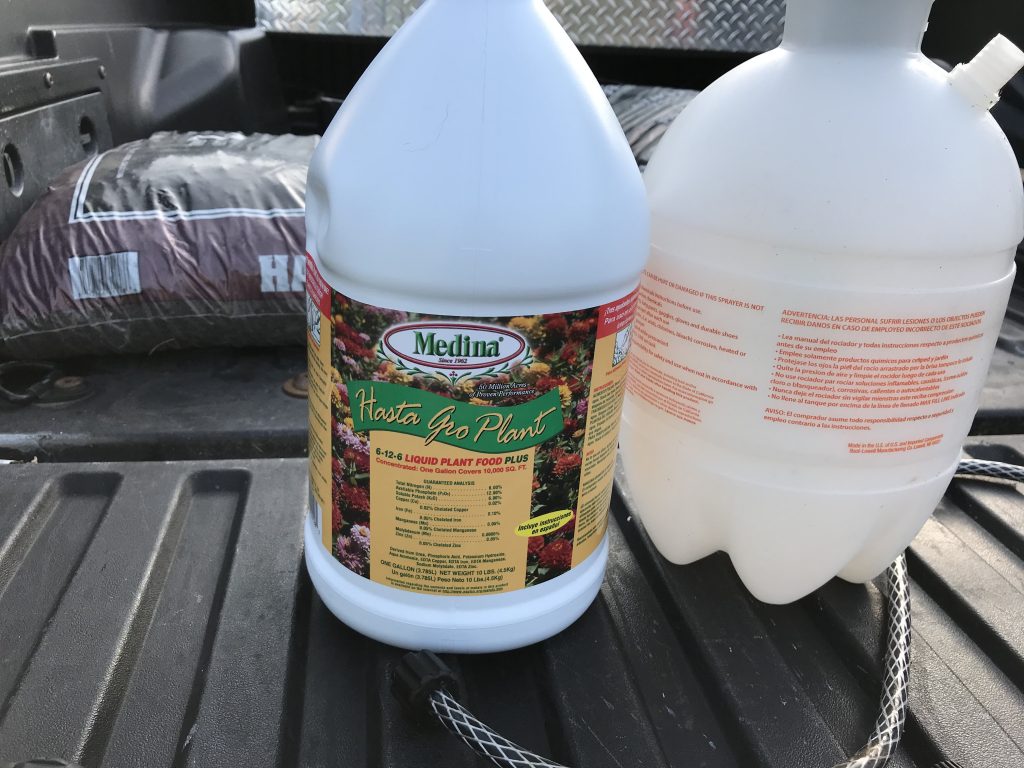
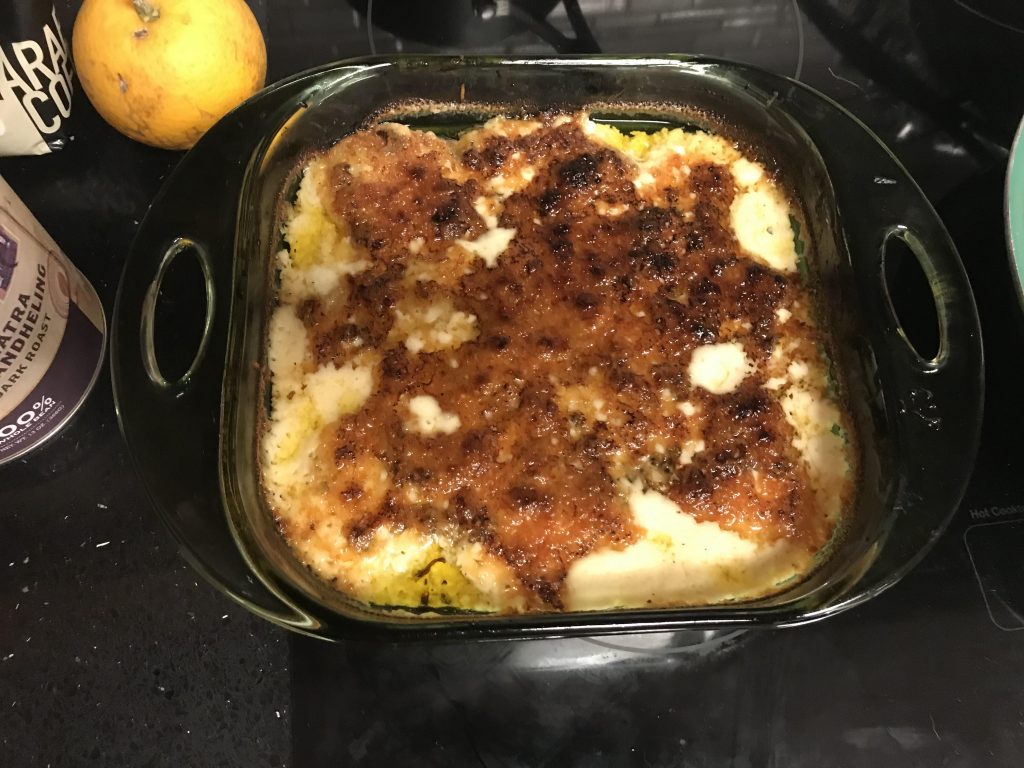
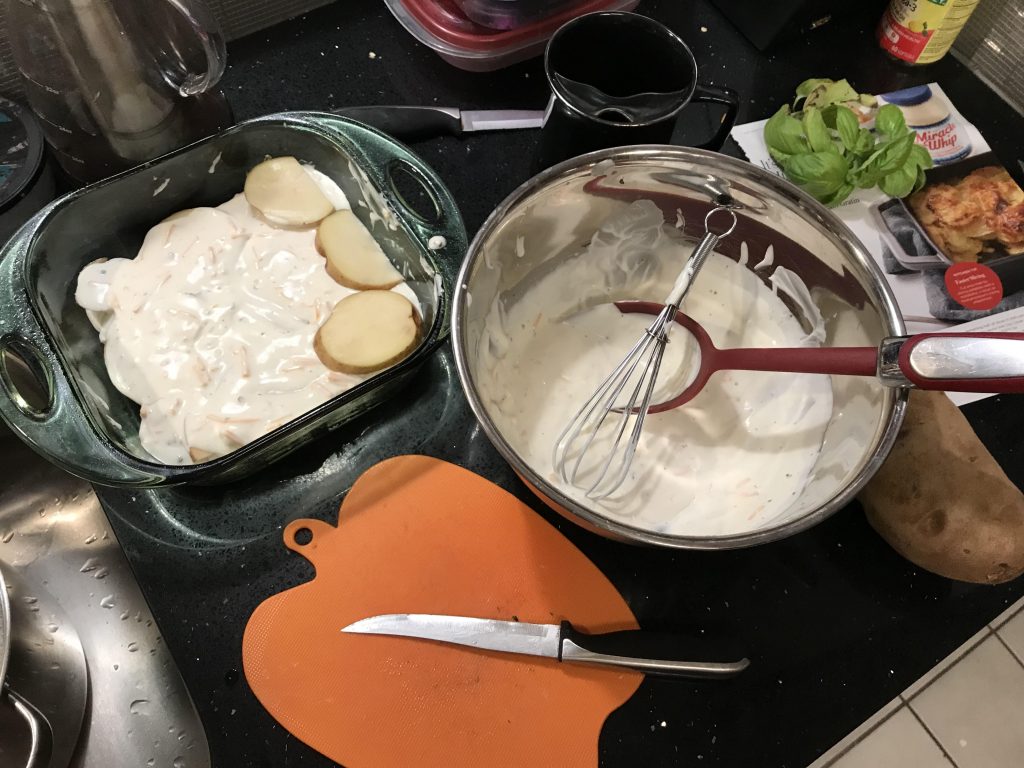

 Kelly R. Smith is an Air Force veteran and was a commercial carpenter for 20 years before returning to night school at the University of Houston where he earned a Bachelor’s Degree in Computer Science. After working at NASA for a few years, he went on to develop software for the transportation and financial and energy trading industries. He has been writing, in one capacity or another, since he could hold a pencil. As a freelance writer now, he specializes in producing articles and blog content for a variety of clients. His personal blog is at
Kelly R. Smith is an Air Force veteran and was a commercial carpenter for 20 years before returning to night school at the University of Houston where he earned a Bachelor’s Degree in Computer Science. After working at NASA for a few years, he went on to develop software for the transportation and financial and energy trading industries. He has been writing, in one capacity or another, since he could hold a pencil. As a freelance writer now, he specializes in producing articles and blog content for a variety of clients. His personal blog is at 